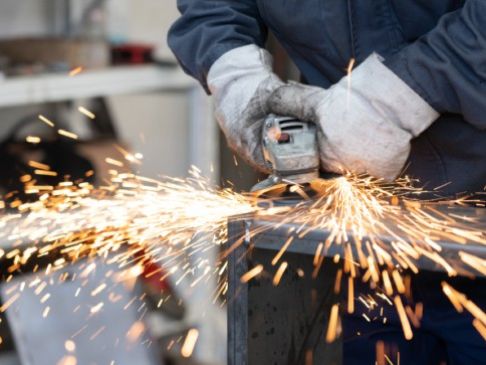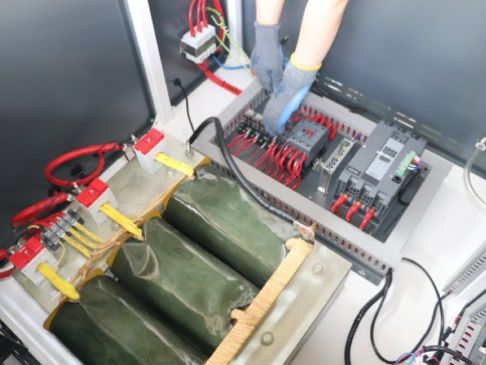Time:
TransTemp transparent tube furnace
The TransTemp transparent tube furnace was originally developed at the Lincoln Laboratory on the campus of MIT. Unlike conventional furnaces, the TransTemp becomes transparent at approximately 600°C, which makes it possible to see a process as it takes place inside the furnace. TransTemp transparent furnaces use a gold mirror that reflects infrared radation and acts as an insulator. The use of only a gold mirror for insulation minimizes mass and allows for very fast heat up and cool down rates. The maximum recommended operating temperature of the TransTemp tube furnace is 1000°C.
Construction
TransTemp tube furnaces are constructed using three coaxially mounted tubes. The outermost tube is Pyrex glass that has a gold mirror on its inner surface. Gold is highly reflective of infrared energy and acts as an insulator. Gold is also ideal for a transparent furnace because it is a poor reflector of visible light. The second tube is a quartz shield that protects the gold mirror. Coaxially mounted inside of the quartz shield is a resistive element. The element is made up of a series of fixed brazed coils. The exact temperature profile will depend on the design of the element. The third tube is a quartz tube or muffle, which extends beyond the ends of the furnace and passes through the center of the heating element.
Temperature Uniformity
In conventional tube furnaces using packed or porous insulation, the temperature is generally uniform over only the central third of the heated length. Outside this region, the temperature decreases significantly due to heat loss at the ends. In the TransTemp tube furnace, uniform reflection of infrared radiation evenly distributes the heat throughout the entire length of the tube. Because the mirror is uniform, it has uniform radial heat loss. With the ends capped, the TransTemp tube furnace will provide a uniform temperature along 60% of its length.
Related News

ndustrial furnaces are used globally for a wide range of applications. As the selection of applications grew, different types of furnaces were developed to keep up with demands.
ASHING FURNACES
Ashing furnaces are used to determine the amount of ash that forms after a sample is burned. Typical materials used as samples in ashing furnaces are petroleum products, lubricating oils, and coal.

Our furnaces can be used in high-temperature tempering, annealing, quenching and other
Get A Free Quote
Submit Request